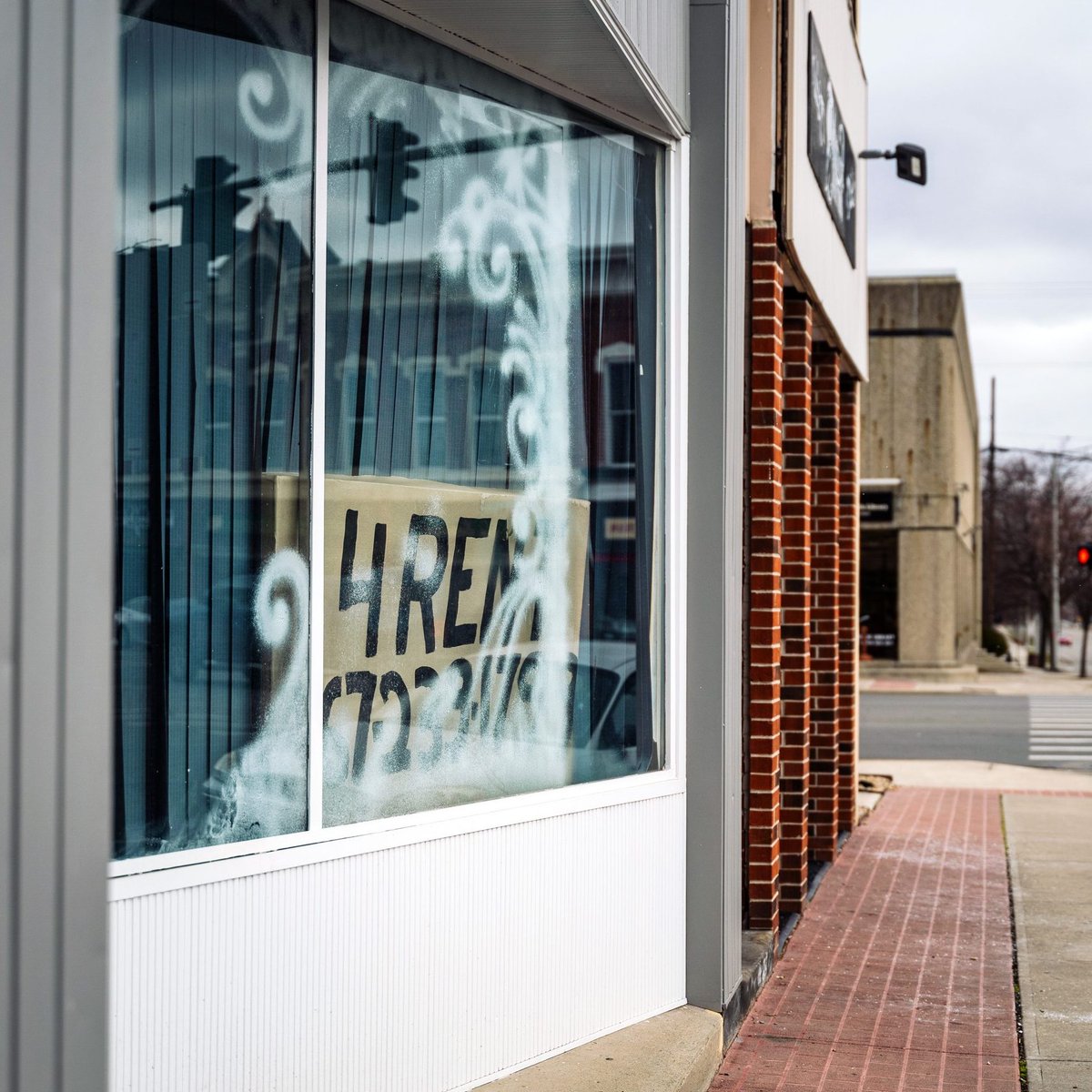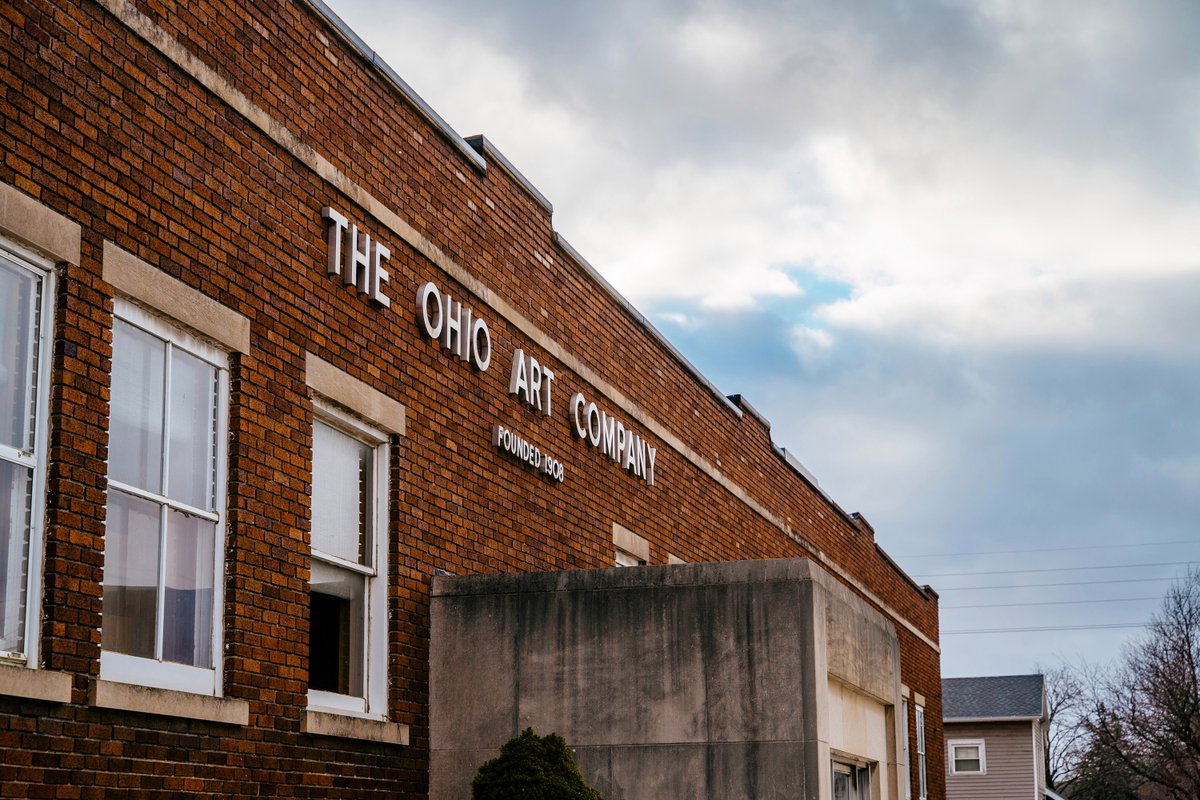In fact, many felt that LBJ was moving too fast in implementing integration.
Income by race converged at the greatest rate between 1940 and 1970.
However, as of 2018, Black/white income disparities were almost exactly the same as they were in 1968, 50 years
In fact, many felt that LBJ was moving too fast in implementing integration.
Redemption coincided with the vast upheaval of industrialization and urbanization, when the United States more broadly plunged into the Gilded Age.





















